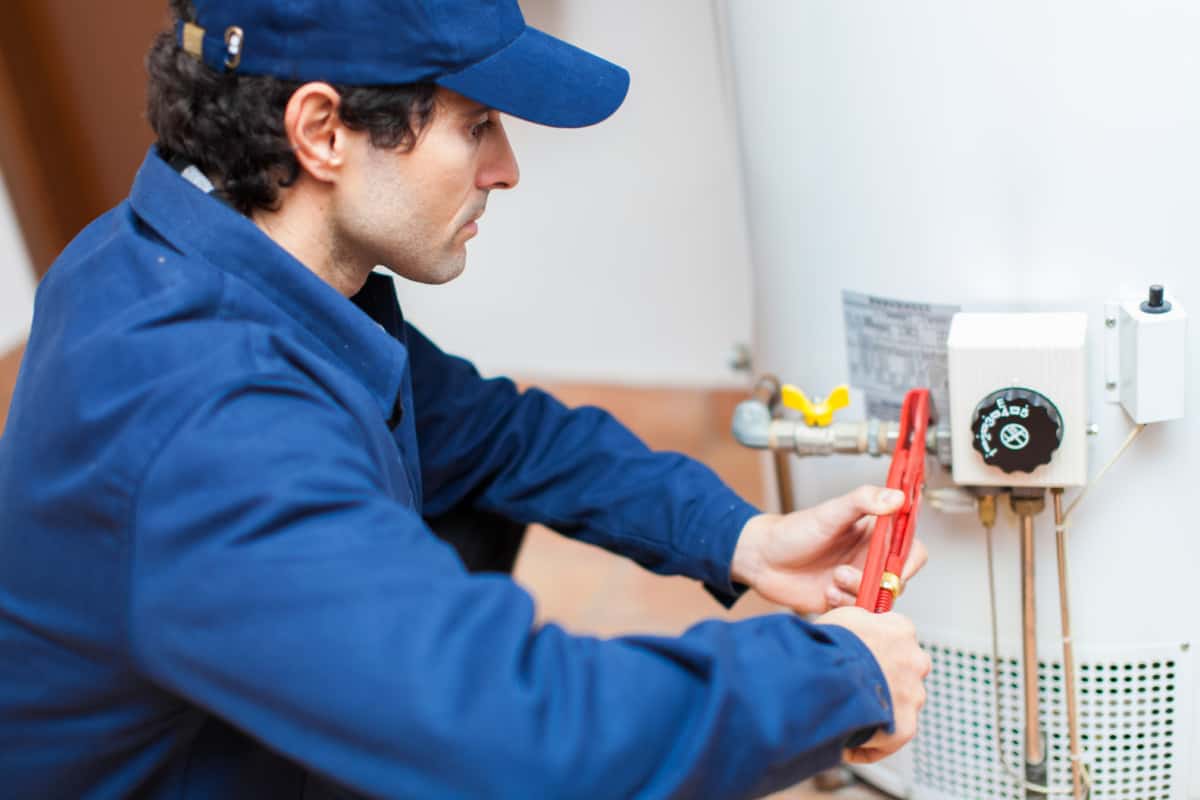Have you been in search of answers concerning Common Hot Water Heater Problems?

A water heater is one of the most essential standard appliances that can be located in a home. With water heaters, you do not require to go through the stress and anxiety of heating water manually every time there is a need to take a bath, wash, or the dishes. There is constantly a possibility that your water heater would certainly act up as with many mechanical tools.
It is very important to keep in mind any little malfunction as well as tackle it promptly before things get out of hand. A lot of times, your water heater starts to malfunction when there is an accumulation of sediments as a result of continual usage. As a preventative measure, periodic flushing of your hot water heater is advised to prevent debris buildup and protect against functional failing.
Usual water heater emergencies and also exactly how to take care of them
Inadequate hot water
It might be that the water heating system can not sustain the hot water need for your home. You can upgrade your water heater to one with a bigger capacity.
Rising and fall water temperature level.
Your water heater can start creating water of various temperature levels usually ice scalding or cool hot. There might be a need to replace either the heating or the thermostat unit of your water heater.
Leaky water heater tank.
In this scenario, you should turn off your water heating unit, enable it to cool down, as well as very carefully look for the source of the issue. At times, all you need to do is to tighten up a couple of screws or pipeline connections in cases of minor leakages. If this does not work and the leakage lingers, you may need to use the solutions of a service technician for a suitable replacement.
Discolored or odiferous water
When this happens, you require to understand if the concern is from the container or the water source. If there is no amusing smell when you run cool water, then you are certain that it is your water heater that is faulty. The odiferous water can be caused by corrosion or the accumulation of germs or sediments in the water heater storage tank.
Final thought
Some house owners neglect little caution and also minor faults in their hot water heater device. This just brings about more damage as well as a feasible total failure of your device. You should deal with your water heater faults as soon as they come up to prevent more costs as well as unneeded emergency troubles.
With water heating systems, you don't need to go through the stress of heating water manually every time there is a demand to take a bath, do the washing, or the meals. It may be that the water heater can't support the warm water need for your house. Your water heater could start generating water of various temperatures usually ice cool or scalding hot. If there is no funny smell when you run cold water, after that you are particular that it is your water heating unit that is faulty. The stinky water can be triggered by corrosion or the accumulation of bacteria or sediments in the water heater container.
Common Water Heater Issues and What You Should Do
What Type of Water Heater Do You Have?
Before we begin it’s first important that you identify the type of water heater you have on your property. There are two main types of water heaters out there: conventional and high efficiency.
Both of these types of products typically use either gas or electricity to heat power. There are also solar water heaters that use a thermal collector on the roof or yard to heat the water.
While these models are not as common, they can cut heating costs in half. In this article, we will focus on conventional and high efficiency.
How Do My Electric and Gas Water Heater Work?
Though they look similar, electric and gas water heaters work very differently. It’s important to know their basic function because often problems can be specific to the heating source.
In the electric model, a thermostat on the side of the machine detects the temperature of the water in the tank. When the temperature needs to rise electricity flows to a heating element suspended in the water.
Gas models also use a thermostat device — typically with a mercury sensor at the tip and an additional sensor called a thermocouple. The thermocouple detects whether the pilot light is on and controls the flow of gas.
When the thermostat drops below the appropriate level gas is released which becomes ignited by the pilot light. The flame heats the bottom of the water tank which causes hot water to rise and cold water to drop.
This natural circulation continues until the water reaches the desired temperature. Then, the thermostat triggers the gas control valve to shut off the flow of gas.
What Are the Most Common Issues and How Do You Fix Them?
https://happyhiller.com/blog/common-water-heater-issues-and-what-you-should-do/

Do you enjoy reading up on Warning Signs You Need Water Heater Repairs? Leave feedback down the page. We'd be delighted to listen to your suggestions about this write up. We are looking forward that you visit us again in the future. I beg you set aside a second to share this blog if you enjoyed it. I enjoy reading our article about Common Hot Water Heater Problems.
Quick relief? Dial!